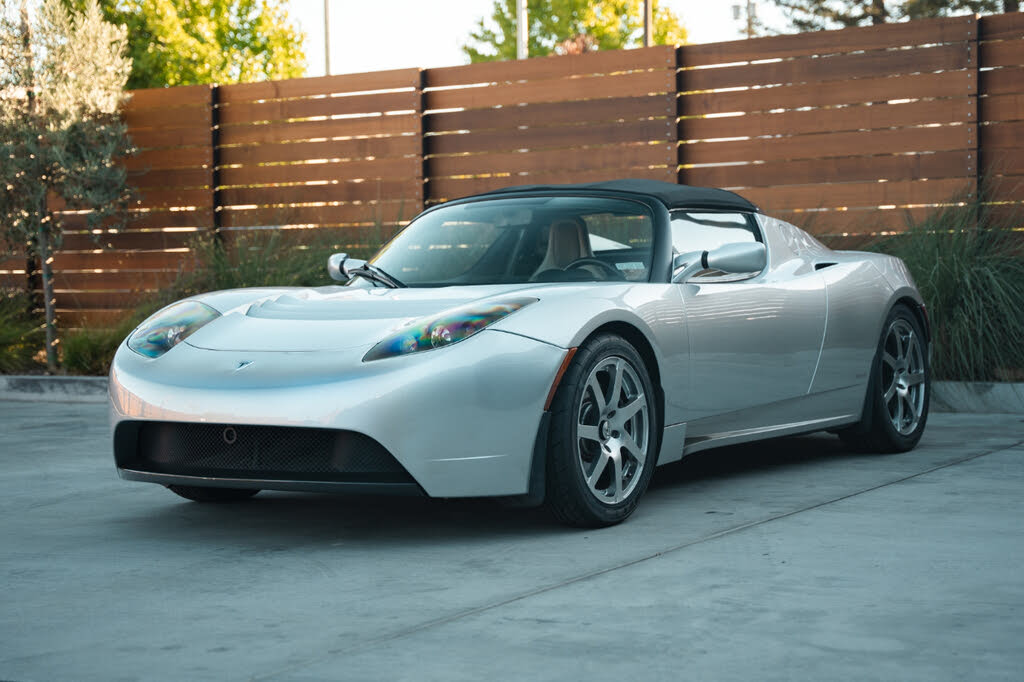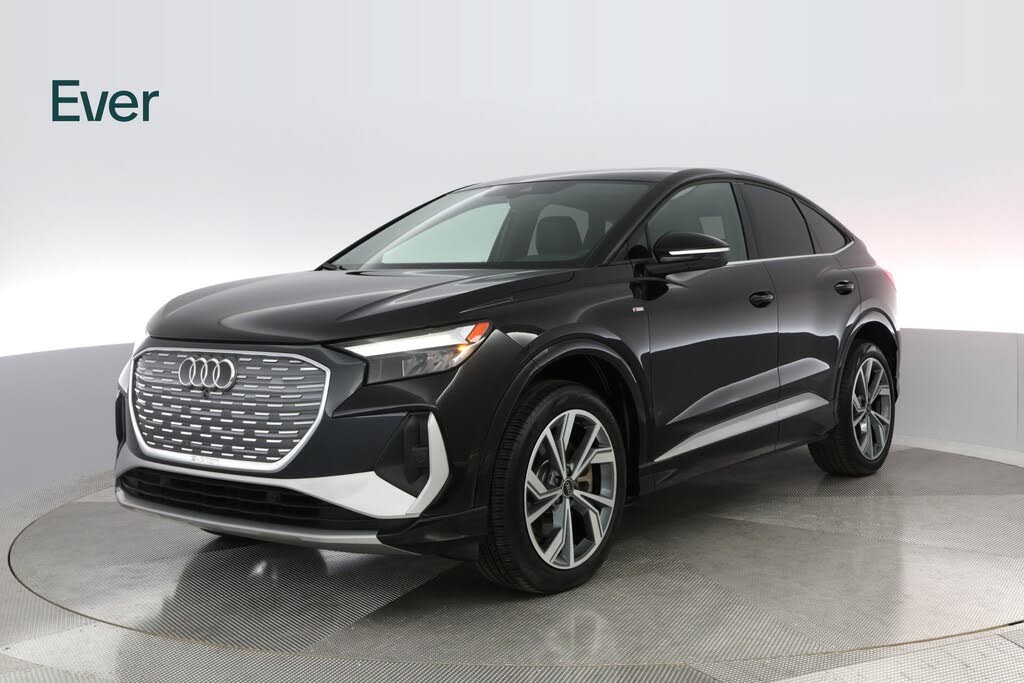Essential Guide to Winterizing Your Vehicle: MotorVero's Expert Tips for a Safe Cold Season
As the crisp embrace of autumn gradually yields to the harsh chill of winter, every car owner must begin preparing their vehicle for the challenges ahead. With winter’s icy grip fast approaching, taking proactive measures to winterize your vehicle is not just a precaution—it’s a necessity. In this comprehensive guide by MotorVero, we delve into expert strategies for ensuring that your car remains reliable, safe, and efficient even in the most severe weather conditions. From the importance of selecting the right tires and maintaining proper tire pressure, to ensuring that your battery, wiper blades, and heating system are all in peak condition, our guide covers every aspect of essential winter maintenance. In today’s unpredictable climate, a well-prepared vehicle can prevent unexpected breakdowns and minimize safety risks on slippery, snow-covered roads. By investing a little time now, you can avoid costly repairs later and enjoy peace of mind throughout the season. Read on to discover detailed, research-backed tips that blend practical advice with the latest industry insights, ensuring your winter driving experience is as smooth and secure as possible.
One of the most critical aspects of preparing your vehicle for winter is ensuring that your tires are up to the task. In regions where temperatures frequently plummet below freezing, standard all-season tires may not offer the traction and grip needed to navigate icy or snow-covered roads. Winter tires are engineered with specialized rubber compounds that remain pliable in cold weather, ensuring better adhesion and stability when you need it most. Not only do these tires feature deeper and more aggressive tread patterns designed to channel away slush and water, but their construction also helps maintain flexibility even in sub-zero temperatures. For those residing in areas with prolonged periods of cold weather, investing in a dedicated set of winter tires is an investment in safety. If you already have them, now is the ideal time to schedule an appointment at your local tire service center for proper mounting and balancing. Remember, tire performance can deteriorate quickly as temperatures drop, so regular inspections and maintenance are essential. With MotorVero’s commitment to excellence, we encourage you to prioritize tire safety and consider the long-term benefits of a robust winter tire setup.
For drivers who plan to keep their vehicles for many years, the idea of a dedicated set of winter wheels can be particularly appealing. Unlike seasonal tire changes that require repeated visits to the shop, a separate set of wheels for winter allows you to swap tires quickly and conveniently each season. When opting for this approach, many experts recommend choosing wheels with a smaller diameter than your factory set. This can enhance the performance of your winter tires, as a lower-profile wheel typically improves handling in snowy conditions. Equipping yourself with the proper tools—such as a reliable jack, a torque wrench, a tire-pressure gauge, and even an air compressor—enables you to perform tire swaps at home, potentially saving both time and money over the long run. A DIY approach not only fosters a deeper understanding of your vehicle’s mechanics but also allows for regular checks on tire pressure and tread depth, critical factors that can impact your safety on icy roads. With careful attention and routine maintenance, you can ensure that your tires deliver optimal performance, whether you choose to rely on professional services or handle the work yourself.
--TOP ADVERTISEMENT HERE--
As winter deepens, it becomes increasingly important to monitor both the tread depth and the tire pressure of your vehicle. Even the best winter tires can lose effectiveness if the tread is worn down, which compromises traction and increases the risk of hydroplaning on slushy roads. To accurately assess tread depth, use a tread-depth gauge or even a simple coin test to determine if your tires still have sufficient grip. Additionally, as temperatures drop, the air inside your tires naturally contracts, leading to lower pressure levels. Underinflated tires can negatively affect your car’s handling and fuel efficiency, and they can even accelerate wear and tear. Establish a routine check—preferably every few weeks—during the winter months to ensure that tire pressure remains within the manufacturer’s recommended range. In doing so, you not only maintain optimal performance but also reduce the likelihood of unexpected blowouts or other tire-related issues during critical moments. This routine check, combined with regular cleaning of your tire treads to remove road salt and debris, forms a core part of an effective winter maintenance strategy.
Visibility is paramount during winter driving, and nothing impedes clear vision quite like malfunctioning or ineffective windshield wiper blades. Unlike their all-season counterparts, winter-specific wiper blades are designed to perform optimally in subfreezing temperatures. These blades are constructed from advanced rubber compounds that remain flexible even when the mercury dips, ensuring a snug fit against your windshield. This tight contact is crucial for efficiently clearing snow, slush, and ice, thereby reducing the risk of accidents caused by impaired visibility. Furthermore, winter blades often feature a reinforced design that helps prevent the buildup of ice, ensuring that your wipers can operate without strain during a sudden downpour or snowstorm. Investing in a set of high-quality winter wiper blades can significantly enhance your vehicle’s safety by maintaining clear visibility, even in the harshest conditions. For MotorVero enthusiasts and all cautious drivers, upgrading to weather-specific wiper technology is a simple yet effective way to safeguard your driving experience during the cold months.
Beyond the initial installation, maintaining your winter wiper blades is equally crucial for consistent performance. Manufacturers have developed specialized coatings and beam designs that not only enhance the blade’s flexibility but also actively resist the adhesion of ice and snow. These technological advancements mean that winter blades can glide smoothly across your windshield, reducing streaking and ensuring that any accumulated debris is quickly cleared away. Routine inspection of your wiper blades is recommended; check for signs of wear, such as cracks or tears in the rubber, as these can compromise the blade’s effectiveness. In addition to replacing worn-out blades, it’s beneficial to periodically clean them with a mild detergent to remove any buildup of road salt or grime, which can harden over time and reduce performance. By integrating these simple maintenance practices into your winter preparation routine, you can maximize the lifespan of your wiper blades and maintain optimal visibility under challenging weather conditions. This proactive approach not only improves safety but also contributes to a smoother and more enjoyable driving experience during winter.
Cold weather poses one of the greatest challenges to your car’s battery, as the chemical reactions within the battery slow down, diminishing its ability to deliver the necessary power for a smooth start. If your battery is already showing signs of age or weakness—such as corrosion, low voltage, or sluggish cranking—it may struggle even more in frigid conditions. It’s advisable to test your battery’s voltage with a multimeter before the full onset of winter. Compare the results against the manufacturer’s specifications to determine if a replacement or a thorough cleaning is warranted. Cleaning the battery contacts and applying an anti-corrosion spray can help maintain a solid connection, ensuring that your battery can cope with the increased demands of winter starts. Additionally, if you plan on leaving your vehicle parked for extended periods during the colder months, consider using a battery tender or trickle charger to keep the battery charged and ready for use. A well-maintained battery is essential not only for starting the engine but also for powering critical systems like headlights and defrosters when temperatures plummet.
--FIRST CONTENT ADVERTISEMENT HERE--
A vehicle’s interior comfort during winter hinges on a properly functioning heating system, defroster, and cabin air filter. As temperatures drop, an efficient heater becomes indispensable for not only keeping the cabin warm but also for ensuring that windows and mirrors remain clear of condensation and frost. A malfunctioning defroster can severely impair visibility, turning even a short drive into a potentially hazardous journey. In addition to these systems, the cabin air filter plays a crucial role in maintaining healthy airflow, free from dust and debris that can compromise performance. It’s important to inspect and, if necessary, replace the cabin air filter before the winter season intensifies. Regular maintenance of these components can prevent unexpected breakdowns and ensure that your vehicle’s climate control system operates at peak efficiency. Whether you’re facing a light drizzle or a heavy snowfall, a well-maintained heating and defrosting system is critical for both comfort and safety on the road.
In the midst of winter’s unpredictable weather, your windshield washer fluid reservoir becomes a vital asset in maintaining clear visibility. As snow begins to fall and road salt splatters onto your windshield, the need for an effective cleaning agent escalates. Unlike standard washer fluids, winter formulations are specifically designed to resist freezing, ensuring that the liquid remains in a fluid state even at sub-zero temperatures. Top off your reservoir with this ice-melting solution at the start of the season and make it a habit to check the level every few weeks. A full reservoir not only guarantees that you have sufficient fluid during sudden downpours or snowstorms but also protects your windshield from the buildup of grime and salt residue. For those who commute frequently in areas prone to heavy snowfall, this small yet critical step can make the difference between a clear, safe drive and one fraught with visibility issues. Embrace the proactive maintenance of your washer fluid system as an integral part of your overall winter preparedness.
--SECOND CONTENT ADVERTISEMENT HERE--
As temperatures drop, the rubber and silicone seals on your vehicle’s doors and windows face increased risks of becoming brittle and less effective. These seals are designed to keep out moisture and prevent drafts, but exposure to cold weather and road salt can cause them to crack or harden over time. When water seeps into door cavities, it can freeze, expand, and potentially cause costly damage to the vehicle’s body and interior. To mitigate these risks, it is essential to regularly lubricate all window and door seals using a dedicated automotive lubricant. This not only preserves the elasticity of the seals but also forms a protective barrier against the harsh effects of winter weather. By spending a few extra minutes each month applying the lubricant, you help ensure that your vehicle remains well-insulated and that moisture does not infiltrate critical areas. Such proactive care enhances overall vehicle durability and contributes to a more comfortable cabin environment during cold, inclement weather.
No winter maintenance guide would be complete without stressing the importance of a well-stocked emergency kit. The unpredictability of winter weather means that even the most well-prepared drivers can sometimes find themselves stranded on the roadside due to flat tires, battery failures, or other unforeseen issues. A comprehensive emergency kit should include essentials such as a first aid kit, jumper cables, a flashlight with extra batteries, a set of basic tools, warm blankets, non-perishable snacks, and even a small shovel. Many pre-assembled kits are available in the market for under $100, but you can also customize your kit to address your specific needs and the conditions typical in your region. In addition, consider including items like a reflective warning triangle, extra gloves, and a portable air compressor. This kit not only offers peace of mind during long drives but can also be a lifesaver in critical situations, ensuring that you and any passengers are well-prepared to handle winter emergencies until help arrives.
--FOURTH CAR LIST HERE--
While tires, batteries, and wiper blades are vital, winter vehicle maintenance extends to other critical systems that ensure overall safety and performance. It is important to inspect your brakes to confirm that the brake pads and rotors are free of corrosion or damage; cold temperatures and road salt can accelerate wear, diminishing braking efficiency. Similarly, check that all exterior lights—including headlights, taillights, and turn signals—are functioning correctly to provide adequate visibility in foggy or snowy conditions. Additionally, assess your engine oil and other fluid levels; winter-grade oil formulations are often recommended to ensure smooth engine performance in low temperatures. Many auto experts also advise a thorough inspection of the suspension and steering systems, as these components are put under extra strain during icy conditions. By adopting a holistic approach to winter maintenance, you not only improve your vehicle’s immediate performance but also extend its longevity. A well-rounded maintenance routine that encompasses all these elements is key to ensuring that your vehicle remains reliable and safe, no matter how harsh the winter roads become.
--THIRD CONTENT ADVERTISEMENT HERE--
Beyond routine checks, advanced winter maintenance can further enhance your vehicle’s readiness for the season. Scheduling a professional inspection before winter sets in is highly recommended, especially if your vehicle is older or has logged significant mileage. Expert technicians can identify potential issues that may not be immediately apparent during a casual self-inspection, such as subtle leaks, worn-out belts, or early signs of corrosion in critical areas. In addition to professional evaluations, consider investing in seasonal upgrades such as synthetic oil changes that better withstand cold temperatures and installing additional weather protection accessories. Some drivers even choose to maintain a dedicated winter maintenance log, noting down the date and specifics of each service to track the vehicle’s condition over time. These proactive measures not only enhance safety but also contribute to long-term savings by preventing costly repairs that might result from neglect. MotorVero believes that combining regular self-checks with professional support creates a resilient maintenance strategy that equips your vehicle to face the challenges of winter with confidence.
--FIFTH CAR LIST HERE--
Numerous studies and industry experts have underscored the economic and safety benefits of early winterization. Research shows that vehicles maintained with seasonal upgrades and regular inspections are less likely to experience mechanical failures during the winter months, reducing the likelihood of costly roadside repairs and even accidents. Early winterization not only preserves the integrity of your vehicle’s components but also helps maintain fuel efficiency, as properly inflated tires and well-lubricated parts perform better in cold conditions. Furthermore, investing in winter-specific parts—such as tires, wiper blades, and battery care products—can extend the overall lifespan of your vehicle, translating into significant cost savings over time. For many drivers, these preventative measures are far less expensive than emergency repairs or the risks associated with compromised performance in hazardous weather. By taking a proactive stance, you not only protect your investment but also contribute to a safer driving environment for everyone on the road. MotorVero’s winterization tips are designed to offer both immediate and long-term benefits, empowering you to make informed decisions that safeguard your vehicle and your wallet.
--BOTTOM ADVERTISEMENT HERE--
In conclusion, preparing your vehicle for winter is an indispensable task that ensures safety, reliability, and efficiency throughout the cold season. From upgrading to winter tires and specialized wiper blades, to meticulously checking your battery, heater, and fluid systems, every step plays a crucial role in preventing unexpected breakdowns and maintaining optimal performance. By also assembling a comprehensive emergency kit and embracing both DIY and professional maintenance strategies, you create a robust defense against the challenges posed by icy roads and frigid temperatures. MotorVero’s expert recommendations highlight that early and proactive winterization not only enhances your driving experience but also offers significant long-term economic benefits. As you prepare for the season ahead, take the time to review these essential tips and schedule necessary maintenance before the first frost appears. Don’t wait until the cold sets in—act now to ensure your vehicle is as resilient and reliable as you need it to be, making every journey safer and more enjoyable in winter’s demanding environment.
--SIXTH CAR LIST HERE--








